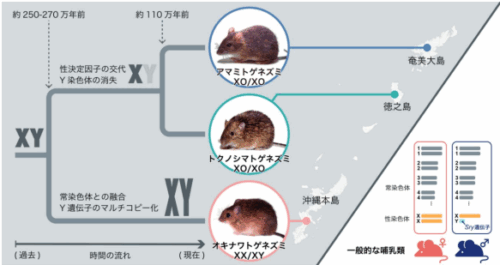2025-06-03 東京大学医科学研究所

ヘルペス脳炎を司る宿主とウイルス間の分子相互作用の解明
<関連情報>
- https://www.ims.u-tokyo.ac.jp/imsut/jp/about/press/page_00337.html
- https://www.ims.u-tokyo.ac.jp/imsut/content/000011192.pdf
- https://www.nature.com/articles/s41564-025-02026-3
単純ヘルペスウイルス1はマウスにおいてウラシルDNAグリコシラーゼを介してAPOBEC1を介する免疫から回避する Herpes simplex virus 1 evades APOBEC1-mediated immunity via its uracil-DNA glycosylase in mice
Akihisa Kato,Hayato Harima,Yuji Tsunekawa,Manabu Igarashi,Kouichi Kitamura,Kousho Wakae,Tomoaki Nishiyama,Satoru Morimoto,Toru Suzuki,Hiroko Kozuka-Hata,Masaaki Oyama,Daisuke Motooka,Mizuki Watanabe,Kousuke Takeshima,Yuhei Maruzuru,Naoto Koyanagi,Hideyuki Okano,Toshifumi Inada,Takashi Okada,Masamichi Muramatsu &Yasushi Kawaguchi
Nature Microbiology Published:03 June 2025
DOI:https://doi.org/10.1038/s41564-025-02026-3
Abstract
Herpes simplex virus 1 (HSV-1) is the most common cause of viral encephalitis, which can be lethal or result in severe neurological defects despite antiviral therapy. The apolipoprotein B messenger-RNA editing enzyme, catalytic polypeptide-like (APOBEC) group of proteins can act as viral restriction factors. How HSV-1 evades this intrinsic immune mechanism is unclear. Here, using human carcinoma HEp-2 cells, we find that phosphorylation and therefore activation of HSV-1 uracil-DNA glycosylase counteracts mouse APOBEC1 DNA-editing activity on HSV-1 genomes. This protects viral genomes, promotes viral replication and encephalitis in the central nervous system of mice. Presence of Apobec1 improved encephalitis outcomes in mice challenged with HSV-1 carrying a mutation in the phosphorylation site of uracil-DNA glycosylase. Treatment with an UNG inhibitor, adeno-associated virus vector expressing UGI, protected wild-type HSV-1-infected mice from lethal encephalitis. These findings identify uracil-DNA glycosylase as a viral factor enabling evasion from intrinsic antiviral immunity mediated by APOBEC1 in the central nervous system and suggests a potential therapeutic approach to treat HSV-1 encephalitis.


